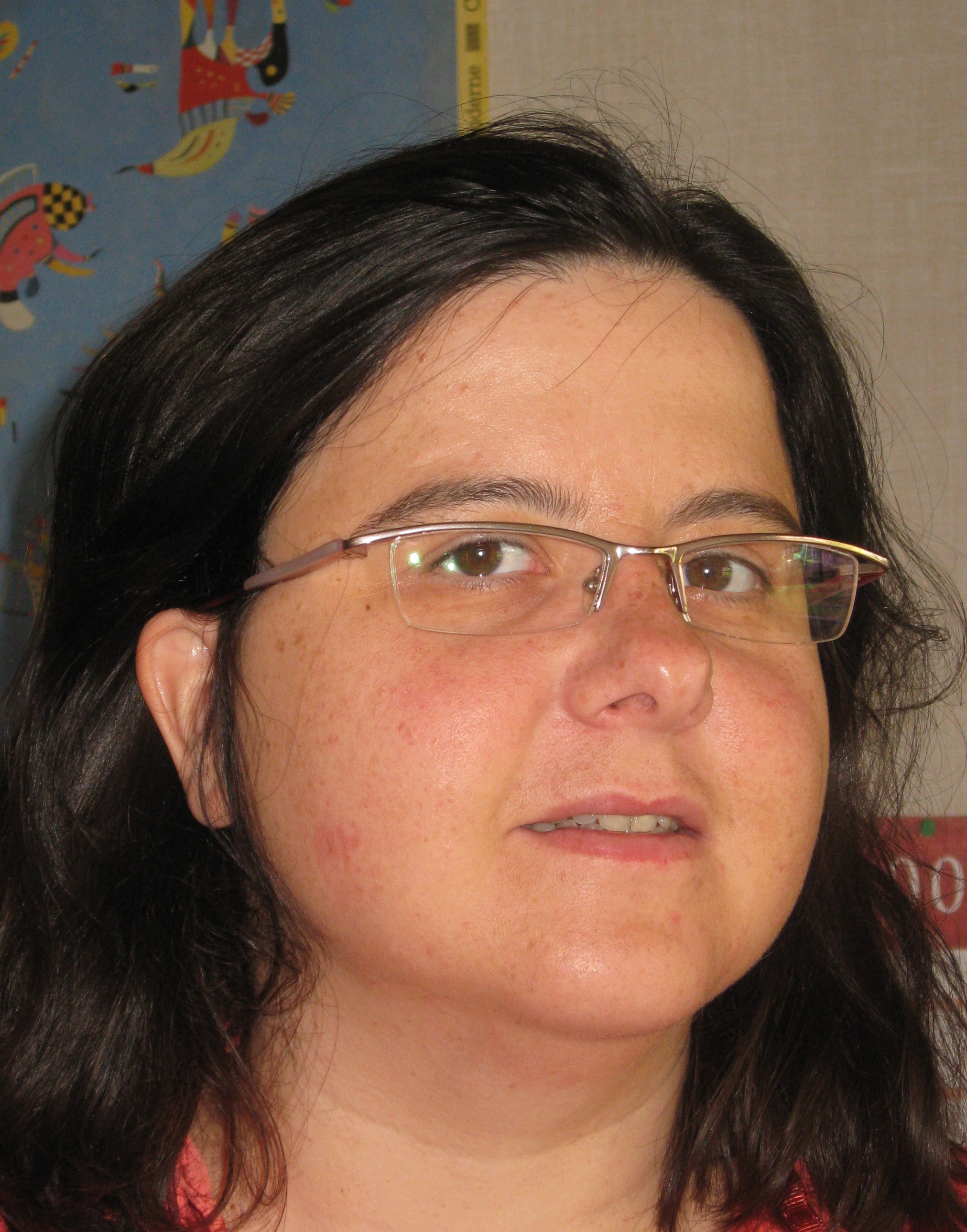 help
help
Home > Home > Looks on d'Alembert Institute
Interview of Dr. Isabelle LERAY, Research Director at PPSM
microFLUID (micro-Fabrication of polymeric Lab-on-a-chip by Ultrafast lasers with Integrated optical Detection) is a project funded by the European Commission in the 7th Framework Programme (FP7). This project aims at developing Lab-on-chips (LOCs) for two applications in the fields of food quality and environmental sensing: detection of mycotoxins in animal feeds and water screening to detect bacteria and heavy ions. Among the nine contractors, the partner D'Alembert Institute (IDA) specifically focused on heavy ions detection in water (Lead, Mercury, Cadmium).

Inside Prof. K. Nakatani's team « Molecules and light-sensitive assembling for environment, health and information technology: from synthesis to properties », you manage a research group working on detection of polluting species based on fluorescence sensing. Can you remind us why you are focusing on this and developing more particularly microfluidic systems for the heavy metals detection?
Metals detection in a sensitive and selective way is essential for environment protection as for studying toxicological risks related to the use of these pollutants. Current techniques of detection use heavy and expensive equipments and the devising of portable systems shows there is still a significant need for real-time monitoring methods in polluted areas. The approach used in IDA labs, in particular during the microFLUID project, has consisted in using miniaturized Total Analysis Systems (-TAS) produced with polydimethylsiloxane (PDMS), in which the water sample can circulate with a fluorescent probe designed to specifically complex with the targeted cation. Thus, the presence of heavy metal ions can be measured and fluorescence detection can be performed directly in microchannels of the microfluidic system. In the same time, another system using functionalized microlaser with ligands has been developed.
From 2008 to 2011, you were the scientific person in charge of microFLUID European project for the IDA partner made up of both labs, PPSM and LPQM. Why did PPSM and LPQM choose to collaborate in this European project? Was the multidisciplinarity represented by d'Alembert Institute, an asset to take part in the microFLUID programme?
Both PPSM and LPQM know-how helped to grasp efficiently the settled goals of this European project. Therefore, two types of microfluidic systems have been developed for the heavy metals detection. The first one is based on fluorescent probes cation-specific, able to circulate into the microchannel of a microfluidic system, whereas another possibility was also considered, using microcavity laser suitably functionalized with specific ligands for heavy metals detection.
Multidisciplinary represented by the D'Alembert Institute is obviously an asset to carry through this project which requires knowledge in both Physics and Chemistry.
This European project achieved at the end of 2011 on two consecutive days with two CNRS thesis defenses (Dr. Djibril Faye - PPSM / Dr. Sergey Lozenko - LPQM). How do you intend to keep on developing and encouraging the valuable results jointly acquired between PPSM and LPQM during microFLUID ?
Results obtained during the microFLUID project will be of course pursued within the IDA context. Realisation of the analysis microsystems for heavy metals detection is still under way. We are involved in an ANR programme « Chemistry and Processes for Sustainable Development » but also in a research contract with EDF company on this subject. Moreover, a new research contract started on this theme of collaboration, involving LPQM, LBPA and PPSM, in order to develop new passive resonators and detect heavy metals traces.
